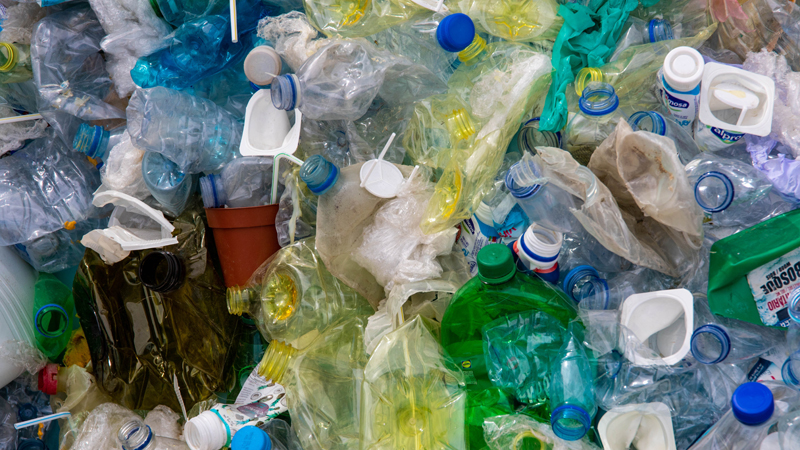Virginia Janssens, Managing Director of Plastics Europe, said: “Plastics Europe and our members recognise that any plastic waste in the environment is unacceptable and that is why reaching an ambitious and implementable agreement is so important. We appreciate the challenging nature of the negotiations, but believe that if negotiators stay focussed on identifying common solutions an agreement can be reached. We must seize this historic opportunity.”
Virginia Janssens continued: “We believe that transitioning to a circular plastics system, in which all plastics applications are reused, recycled, and responsibly managed, is the key to tackling the problem of plastic waste and a successful agreement. The most effective way to accelerate this transition, while supporting our sustainable development and climate change goals, is to ensure the agreement makes plastic waste a commodity with real value.”
Mobilising and facilitating access to the necessary finance is a major challenge, particularly for emerging economies. Therefore, the agreement should include sustainable financing mechanisms, including EPR schemes, that will unlock the massive investments – both public and private – that are required.
A plastics application-based approach would allow us to define and avoid problematic and avoidable plastics applications leaking into the environment, without creating additional environmental damage and unnecessary socio-economic harm.
Virginia Janssens added: “Countries face different challenges and require different solutions. A one-size-fits-all global approach will not work. Therefore, the agreement should strike the right balance between global obligations and national measures. Additionally, negotiators must avoid superficially attractive decisions that will have negative environmental and socio-economic consequences and undermine our ability to implement the agreement. From a European perspective, it is important that the agreement supports, rather than undermines, the European plastics industry’s transition to circularity and competitiveness.”
The final agreement should require countries to develop national action plans which include mandatory recycling and recycled content targets, set-up a robust metrics system for monitoring and assessing plastics pollution, and hold all stakeholders involved accountable.
If we want plastics that are more easily reused, recycled, repaired and durable, then we need to start by designing them that way. The agreement should therefore draw on existing and emerging international design principles and standards to improve the circularity of plastic products.








